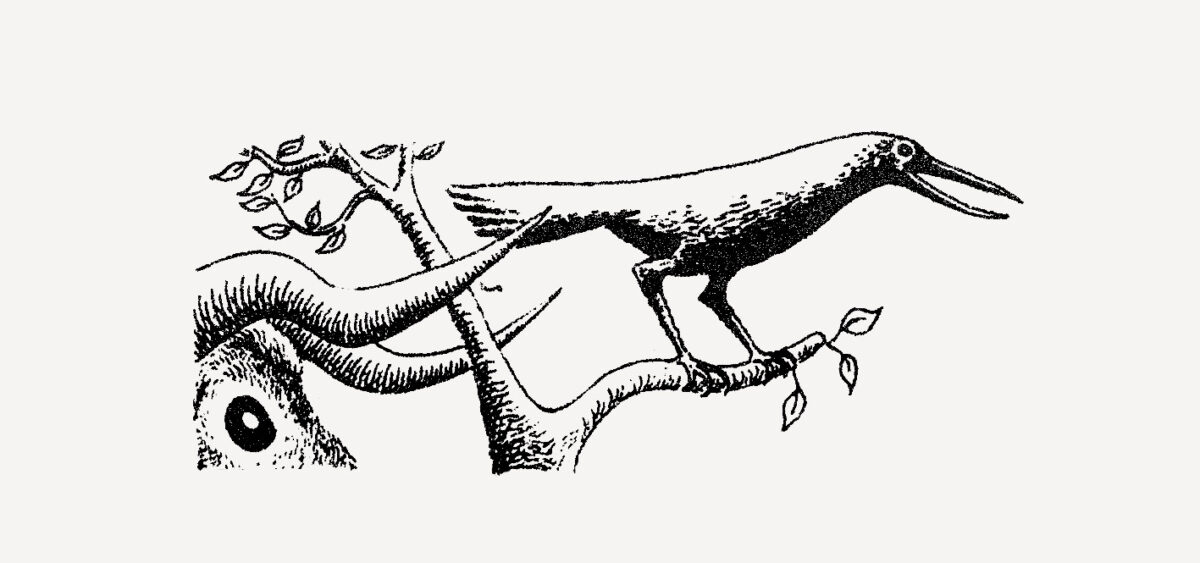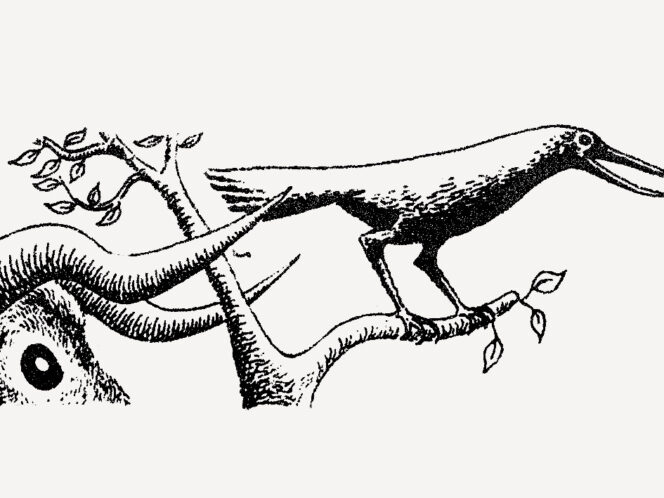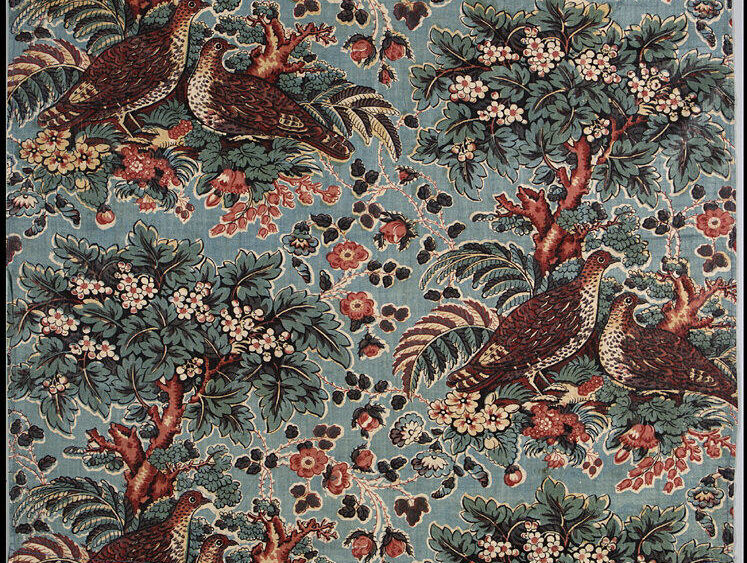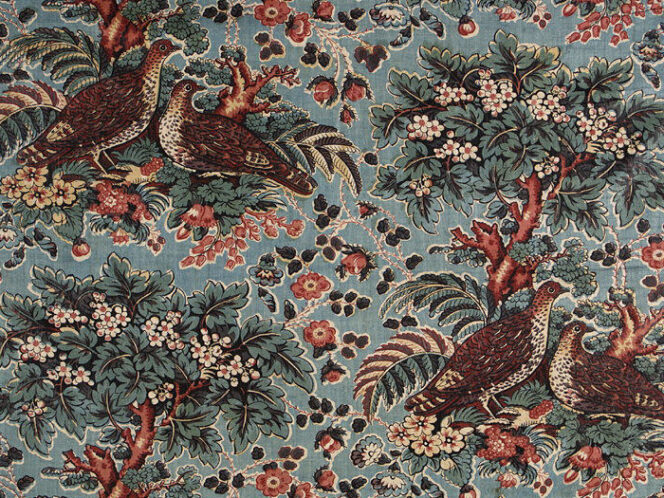
In the Białowieża Forest, a small spruce grows on an oak tree. Tree on tree. Roughly 20 metres above the ground.
In the Krukawe Woods near Teremiski, some trees grow on tiny hillocks. Those that grow lower have high, stilt-like roots. I wondered why this was the case, until in autumn 2017, when several days of rain filled all the hollows with water. It became clear that Krukawe was once wet woodland, and marshland in places. The islets, now covered with black alder, Norway spruce and the increasingly rare European ash, were the only places where the seeds did not rot and were able to germinate. The stilt-like roots are yet more proof that the forest was once marshland: young trees grew and came into leaf on fallen trunks, which formed a kind of island in the water (so-called ‘nurse logs’). In order to eventually reach the soil, the young spruces had to engulf the nurse log with their roots. When the nurse log rotted and decayed, the spruce roots remained in a stilt-like, straddle position.
The Białowieża Forest has been dry for several years, so the new generation of woodland has no need for the islets or nurse logs. Over the last half-century, the period of snow cover in the Białowieża Forest has fallen from 80 to 40 days. Rainfall tends to be sudden and








